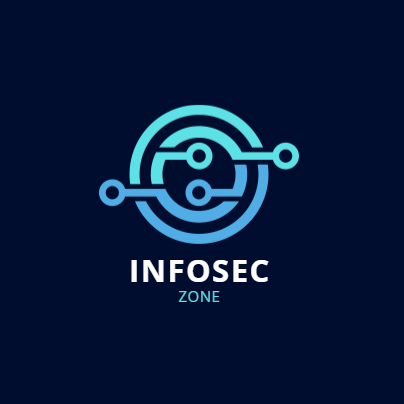The Importance of Zero Trust in Today’s Remote Workforce
The COVID-19 pandemic accelerated the shift towards remote work, with many companies operating entirely or partially from home. This has led to a significant increase in the use of cloud services, collaboration tools, and virtual private networks (VPNs) to enable remote access to company networks. However, with this increased use of remote access comes an increased risk of cyber-attacks. Hence Zero Trust
Enter Zero Trust Network Architecture (ZTNA). This security model is based on the principle of “never trust, always verify.” It assumes that all devices, users, and networks are untrusted, and therefore requires strict authentication and authorization protocols. This approach can help protect against cyber threats by restricting access to sensitive data and systems only to those authorized to access them.
One of the key benefits of ZTNA is that it is designed to work in a distributed and dynamic environment, making it well-suited to the remote work landscape. With ZTNA, companies can establish a secure, remote access infrastructure that allows employees to access the resources they need while ensuring that only authorized users and devices are granted access. This can help prevent cyber-attacks, such as phishing, malware, and unauthorized access to sensitive data.
Another benefit of ZTNA is that it can help companies comply with data privacy regulations. With ZTNA, companies can establish a robust data governance framework that ensures that sensitive data is only accessible to authorized users. This can help companies avoid costly data breaches, which can result in significant fines and damage to a company’s reputation.
Another advantage of Zero Trust Network Architecture is that it enables organizations to adopt a defence-in-depth approach to security. This means that security controls are applied at multiple layers of the network, rather than relying on a single perimeter defence. This multi-layered approach helps to mitigate the risk of breaches and minimize the impact of an attack if one does occur. One of the key components of ZTNA is the use of multi-factor authentication (MFA). This ensures that only authorized users can access the network by requiring them to provide multiple forms of identification, such as a password, fingerprint, or token. This makes it much more difficult for attackers to gain unauthorized access to the network.

ZTNA also enables organizations to implement micro-segmentation, which involves dividing the network into smaller, more manageable segments. This helps to limit the scope of a potential breach and makes it easier to detect and respond to an attack. Micro-segmentation also enables organizations to apply different security policies to different parts of the network, based on the data’s sensitivity and the users’ risk level.
Another important aspect of ZTNA is the use of artificial intelligence (AI) and machine learning (ML) to improve security. AI and ML can be used to detect and respond to threats in real-time, by analyzing network traffic and identifying patterns of abnormal behaviour. This allows organizations to detect and respond to threats more quickly, and to automate many of the security processes that would otherwise have to be done manually.
In conclusion, Zero Trust Network Architecture offers several key benefits for organizations that are looking to secure their remote workforces. It enables organizations to adopt a defence-in-depth approach to security, and to implement multi-factor authentication, micro-segmentation, artificial intelligence and machine learning to improve security. With ZTNA, companies can establish a secure, remote access infrastructure that allows employees to access the resources they need while ensuring that only authorized users and devices are granted access. This can help prevent cyber-attacks, such as phishing, malware, and unauthorized access to sensitive data, and help companies comply with data privacy regulations.
References:
- NIST SP 800-207: “Guide to Zero Trust Architecture” – This guide, published by the National Institute of Standards and Technology (NIST), provides an overview of ZTNA and how to implement it – https://csrc.nist.gov/publications/detail/sp/800-207/final
- Cloud Security Alliance (CSA) – CSA is a non-profit organization that guides cloud security, and they have published a “Zero Trust Architecture (ZTA) Whitepaper” which provides a comprehensive guide to implementing ZTNA. – https://cloudsecurityalliance.org/zt/
- Image Credits – https://miro.medium.com/max/828/1*d-xDhPGI9v5ZICZUTTIgyQ.webp
- NIST ZTA Publication – https://1drv.ms/b/s!Au32D74rqV1ShYUYpbAsp_coZTotNg?e=tifNES




